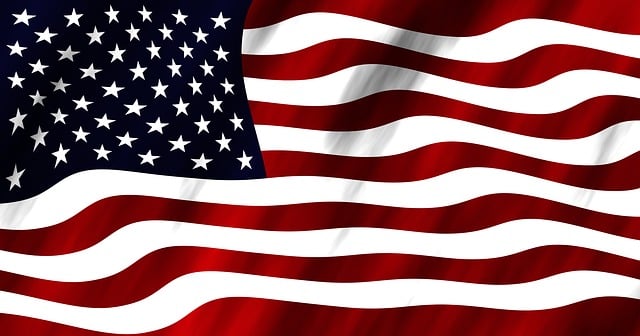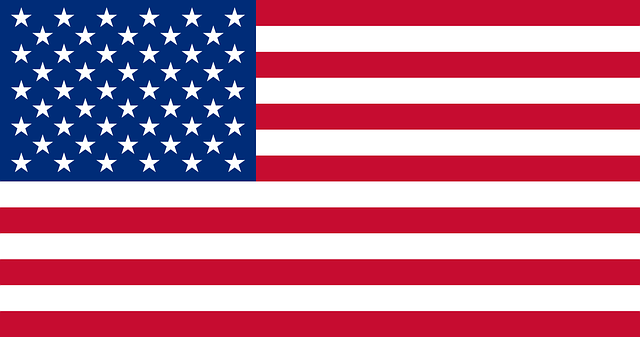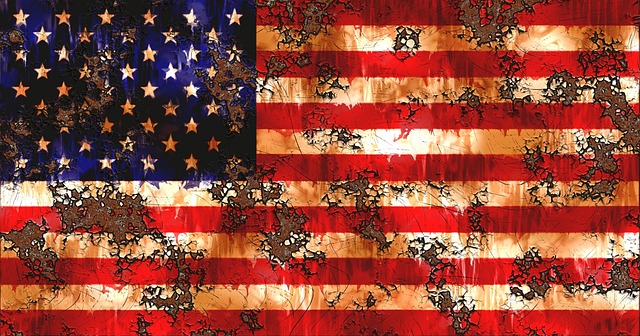The article provides an extensive exploration of the historical evolution and cultural significance of the Weathered American Flag, from its inception with thirteen stars and stripes to its current fifty-star configuration. Each change in design reflects not only the admission of new states but also broader themes of unity and national progression. These flags, naturally aged by time and environmental factors, have a unique appeal to collectors worldwide, who value their historical context and the stories they tell. The Weathered American Flag is more than a symbol; it's a tangible connection to America's past, with each flag's wear-and-tear offering a distinctive character that narrates key moments in U.S. history. Collectors are advised to store and handle these flags with care, employing archival materials and techniques to preserve their condition for future generations. This section is aimed at readers interested in the intersection of historical significance and aesthetic value within Americana collectibles.
Embark on a journey through the rich tapestry of American history via the vibrant hues and symbolic emblems of the weathered American flag. This article delves into the storied evolution of our nation’s banner, highlighting significant design changes over time. It offers collectors insights into the historical significance and aesthetic allure of these relics of our past. From recognizing key features in materials, symbolism, and wear patterns to understanding the nuances of authenticating such artifacts, this guide is a must-read for enthusiasts and historians alike. Additionally, learn preservation techniques that ensure the integrity of these national treasures is maintained for future generations.
- The Evolution of the American Flag: A Chronicle of Design Changes
- Collecting the Weathered American Flag: Historical Significance and Aesthetic Appeal
- Key Features of Vintage American Flags: Materials, Symbolism, and Wear Patterns
- The Collector's Guide to Authenticating a Weathered American Flag
- Preservation Techniques for Maintaining the Integrity of Antique Flags
The Evolution of the American Flag: A Chronicle of Design Changes

The iconic Weathered American Flag, a symbol of national identity and pride, has undergone significant design changes throughout history, each reflection a pivotal moment in the nation’s narrative. From its origins to the present iteration, the flag’s evolution mirrors the United States’ growth and transformation. The first flag, adopted in 1777, featured thirteen stars and thirteen stripes, representing the original colonies. Over the years, as new states joined the Union, the flag was modified to include additional stars, with the number of stars always equaling the number of states at the time. This practice continued until the present design, which features fifty stars on a field of blue against thirteen red and white stripes. Each change in the flag’s design not only marked a statehood addition but also signified a broader narrative of unity, expansion, and national identity.
Collectors of Weathered American Flags are often drawn to these artifacts not just for their historical significance but also for the stories etched into the fabric by time and weathering. A flag that has flown over historic battlegrounds or landmarks carries with it a tangible connection to the past, offering a unique perspective on the nation’s heritage. The gradual fading of colors, the slight tatters in the cloth, and the weather-worn textures all contribute to the flag’s character, making each one an individual piece of American history. These flags are not merely symbols; they are tangible pieces of a living chronicle, capturing moments of triumph, resilience, and change that have collectively shaped the United States.
Collecting the Weathered American Flag: Historical Significance and Aesthetic Appeal

The weathered American flag holds a profound place in both the historical narrative and the hearts of collectors worldwide. Each crinkle, fade, and tear carries the weight of time, stories, and the very essence of freedom that these stars and stripes represent. Collecting such flags is more than an interest; it’s a pursuit steeped in American heritage. The patina of age on a weathered American flag imbues it with a unique aesthetic appeal that distinguishes it from its newer counterparts. These artifacts bear witness to pivotal moments in the nation’s history, capturing a sense of place and time that is both poignant and visually compelling.
For aficionados, the journey into this niche collecting field is one of historical discovery as much as it is about curating a collection of visual artistry. The weathered American flag is a tangible link to past events, from peaceful protests to solemn ceremonies. Its well-lived appearance tells a story that resonates with many, making each piece not just a symbol but a narrative canvas etched with the country’s trials and triumphs. This pursuit appeals to those who appreciate the fusion of history with aesthetic value, offering a glimpse into the past through the lens of these enduring banners of nationhood.
Key Features of Vintage American Flags: Materials, Symbolism, and Wear Patterns

Vintage American flags hold a special place in the hearts of collectors, not just for their historical significance but also for the rich tapestry of symbols they represent. These timeworn emblems of national pride are often crafted from cotton or lightweight nylon, materials that have withstood the test of time and weather conditions, lending them a distinct character. The stars and stripes, meticulously stitched, tell a story of the nation’s evolution, each star representing a state in the union at the time of their creation. The intricate weave of the fabric, coupled with the fading hues and faded ink, especially on the Union Jack canton, are indicative of the flag’s exposure to various elements, marking it with a patina that speaks to its history. Collectors often seek out these weathered American flags, as they bear the marks of historical events, from peaceful parades to tumultuous times of change, making each one a unique piece of Americana.
The wear patterns on these vintage flags are particularly telling, as they reflect the periods of active use. For instance, the more worn sections can indicate where the flag was most visible during public ceremonies or protests. The folds and creases, ingrained from years of handling and display, add to the flag’s character, making it a tangible link to moments in history. These subtle details are highly prized among collectors for their authenticity and the stories they carry. As a result, the study of weathered American flags is not just about owning a piece of history but also understanding the narrative woven into its fabric over time.
The Collector's Guide to Authenticating a Weathered American Flag

When acquiring a weathered American flag, collectors must exercise due diligence to ensure the authenticity and historical significance of their find. A genuine weathered American flag carries within its frayed edges a narrative of American history, each thread telling a story of past events and cultural moments. To authenticate such an artifact, one must first examine its design in alignment with historical patterns. The Stars and Stripes have undergone several revisions since 1777; thus, the flag’s star configuration and stripe count are pivotal clues to its age. For instance, a flag with 48 stars and 13 stripes dates from 1960 to 2007, while a flag with 50 stars was adopted in 1960 and remains the official design today. Beyond design, collectors should look for documentation such as provenance records, which trace the flag’s history and ownership over time, providing context and credibility. Additionally, consultations with reputable historical societies or authentication services can confirm a flag’s authenticity. Preservation is also key; genuine weathered flags often show signs of wear consistent with their history, such as natural fading and minor repairs, which add to their character and value. By combining design analysis, historical records, and expert consultation, collectors can confidently acquire an authentic piece of American heritage with a weathered American flag.
Preservation Techniques for Maintaining the Integrity of Antique Flags

When it comes to preserving a weathered American flag, collectors must employ meticulous techniques to maintain its integrity over time. Humidity and light are anathema to such artifacts; they can cause fabric to degrade and colors to fade. Ideally, these flags should be displayed in a climate-controlled environment with consistent temperature and humidity levels, ensuring that the material remains stable. Regular inspections for signs of pest infestation or mold growth are crucial, as these can compromise the flag’s condition.
For long-term preservation, it is advisable to store the flag in an acid-free, archival-quality box or envelope, away from direct sunlight. The use of protective materials such as cotton gloves and support boards can also safeguard the flag against stress and further damage. Archival-quality sleeves and mounting techniques, if necessary, should be applied with care to avoid any harm to the fabric. By adhering to these preservation practices, collectors can honor the historical significance of a weathered American flag and ensure its longevity for future generations to appreciate.
